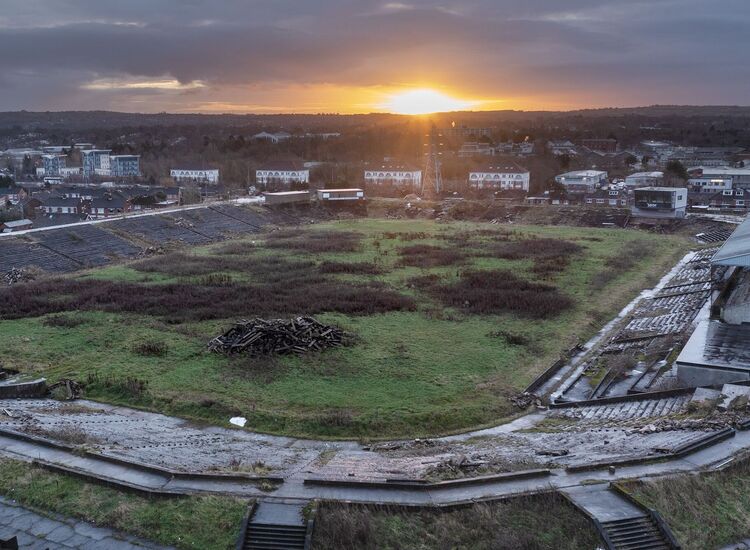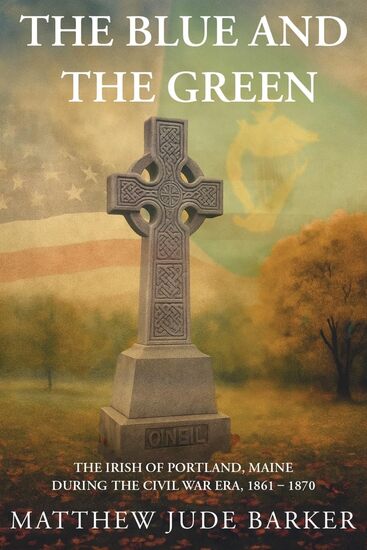Installation view, Permanent Collection galleries. THE NOGUCHI MUSEUM, NEW YORK, PHOTO BY TIBO
By Peter McDermott
Isamu Noguchi and Louis Armstrong lived two extraordinary American and international lives in the 20th century. Though their artistic paths did not cross, they are bound by at least one remarkable fact: each man spent his last 27 years building his legacy from a home base in Queens, New York City, and both locations are now acclaimed museums.
In the case of the jazz great, it’s on 107th Street in Corona. He’d asked his wife not long after their marriage during World War II to find a place for them. The devout Catholic Lucille Armstrong chose the neighborhood where she had the strongest roots. She and her husband bought the house at 34-56 107th St. from an Irish family, the Brennans. Louis Armstrong died in his sleep there on July 6, 1971. The house has not been lived in since Lucille died in the 1980s.
In that latter decade, Noguchi opened his “garden museum” on Vernon Avenue, Long Island City, which, though just across the East River from Roosevelt Island and Manhattan, is considered as much off the beaten track as is Corona. Now comprising more than a dozen gallery spaces, it is celebrating its 30th anniversary.
Noguchi, who died in Dec. 30, 1988, moved into the neighborhood in 1961. He renovated a two-story redbrick building built in 1927 and later acquired an old factory across the street and the site of a former gas station beside it.
But he spent much of his time traveling, like Armstrong, who was 10 months on the road each year with his band. It was a pattern than began early in life for the sculptor, who was born out of wedlock in Los Angeles on Nov. 17, 1904. His father was Yonejiri Noguchi, the first Japanese poet translated into English and his mother Bryn Mawr graduate Leonie Gilmour. Although the sculptor is almost always referred to as Japanese-American, he was biracial. Gilmour was born into a Brooklyn family that was well-connected on her mother’s side, the Smiths, and immigrant on her father’s. He was from Coleraine, in what he likely called County Londonderry.
Leonie and her son were proud of those Irish connections, though the Japanese poet had some of his own, most notably his friendship with W.B. Yeats. The elder Noguchi was an even more intense nationalist than the Irish poet and against the backdrop of the Russo-Japanese War in 1904-5, he moved back to his homeland. Gilmour followed him in 1906 with their toddler son. And when the poet married a local and started a family in the more traditional way, while building an academic career, the Brooklyn woman stayed on, albeit in the background. In time, Gilmour gave birth to a daughter, with Noguchi as the presumed father. She soon began to feel, however, that there was no real future in Japan for her son Isamu, or Sam, and when he turned 13, she shipped him off to a progressive school in Indiana.
For all the success Noguchi achieved as a sculptor (his best known piece may be “Red Cube” on Broadway in Lower Manhattan), architect, set designer, park builder and garden and furniture designer, he was forever the outsider or saw himself as such, both East and West, and also the “waif” abandoned by a mother to whom he’d had an intense childhood attachment. Nonetheless, the bonds remained strong and it was Gilmour who, against the cliché, pushed her son towards an artistic career when he’d been initially interested in medicine.
Louis Armstrong in 1952. LIBRARY OF CONGRESS
In somewhat of a contrast, Armstrong was raised in abject poverty, never knew his father at all and was literally a waif, in that he was sent to the New Orleans Home for Colored Waifs for a relatively minor infraction – shooting a gun in the air on New Year’s Eve. It was there playing for the band that his prodigious talent was first noticed, although earlier he’d gotten his first cornet thanks to a Jewish immigrant family, the Karnofskys, who took him in as a child.
The genius born on Aug. 4, 1901 (his mother told him his birthday was July 4, 1900, an inaccuracy he brought with him to the grave) took the music world by storm in his 20s and is considered the greatest of all jazz musicians by most and even, by some scholars, the most influential musician of the 20th century.
Isamu Noguchi stone hunting for UNESCO, c.1957
Isamu Noguchi stone hunting for the UNESCO Gardens project, circa 1957. PHOTO BY MIREI SHIGEMORE, COURTESY OF THE NOGUCHI MUSEUM, NEW YORK
The trumpeter, a grandson of slaves, was accepted by white society in a way that few African-Americans were, and abroad he had an audience with the pope and was "wined and dined by all kinds of royalty," but "regardless of all that kind of stuff, I've sense enough to know that I'm still Louis Armstrong -- colored." This may explain why he felt more at home among ordinary folk in a working- to lower-middle-class neighborhood. His wife did the cooking and household work and their only servant was a cleaning woman at weekends.
For the first seven years or so of the Armstrongs’ residency in Corona, Lucille’s mother lived on the 2nd floor of what had been built in 1910 as a two-family home. (The Brennans, who were reportedly at least 12 strong, had needed both levels.) When her mother died, Lucille Armstrong thought it was time to buy a more luxurious residence, one appropriate to her husband’s superstar status. Each time, however, the couple viewed an expensive apartment on Fifth Avenue or some other fashionable address, the man referred to often as Satchmo or Pops would say: “Can we go home, now?”
Home was 107th Street in Queens where the neighborhood kids mobbed the band’s bus when it arrived back following a long tour. And home, too, was Queens generally, where so many jazz musicians lived.
Like Armstrong, Noguchi was a workaholic constantly on the move but, unlike the New Orleans native, he never found domestic peace. He told people that he was at home nowhere and everywhere. While the father admired Yeats, the sculptor son, who got an introduction to the Nobel-winning poet, preferred Joyce, the internationalist.
Back in 2003, the then museum curator Bonnie Rychlak told the Echo that the charming, sometimes demanding man she worked for as a young graduate student in the 1980s never spoke about his mother, his sister, about whom he was very protective, or his former wife, the Japanese actress Yoshiko (Shirley) Yamaguchi. “Unless you asked him very specific questions about them,” she said. The important relationships in his life were a “dark place,” Rychlak added, he preferred not to go to.
The ebullient Armstrong rarely gave the impression that he was in a dark place. His wife Lucille, his fourth, “allowed” him a den, or 2nd floor study, where he collected, indexed and annotated and also recorded conversations, some of them with himself. From there he could hear the voices of the different generations on the street, the “wonderful world” of which he sung -- and that wonderful world could, in its turn, hear him play his trumpet, magnificently.
For information about visiting, go to www.noguchi.org or call 718-204-7088 and www.louisarmstronghouse.org or call 718-478-8274.










